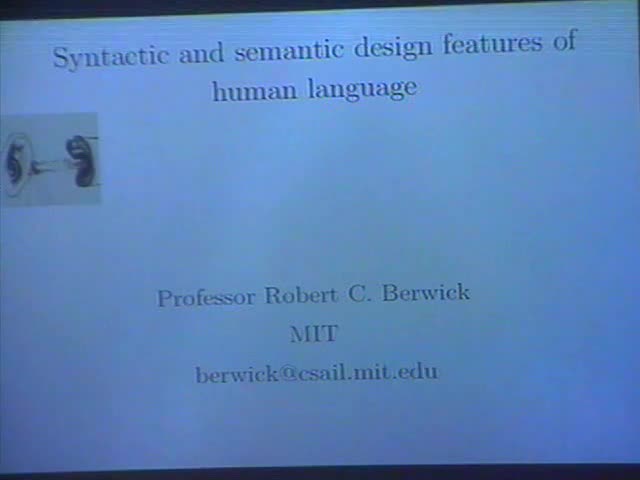Evo-devo and the Syntactic and Semantic 'Design Features' of Human Language
Presenter
April 25, 2008
Keywords:
- Biological
MSC:
- 92C42
Abstract
Human language has long captured the imagination of biological
researchers, but the gulf separating 'computation,' 'biology', and
'language' has been equally long-standing: the classical biological
problem of how to bridge between a genotype and a phenotype,
in this case, perhaps the most complex behavioral phenotype
we know of. The aim of this talk is to show how recent developments
in linguistic theory bridge this 'abstraction gap' by
illuminating some of the modular design properties of human language,
illustrating that despite its apparent surface complexity, human language's
core seems to be far simpler than has been previously supposed,
potentially reducible to a single, simple, basic operation that derives
all the seemingly special properties of human language. Further, by
positing this modular approach, we can shed light on the computational
interfaces of human language to the systems of speech/motor production and parsing,
as well as internal systems of inference; here there seems to be
a natural, and expected kind of 'impedance matching,' with the design
seemingly forced to follow constraints imposed by considerations of
semantic interpretation, rather than considerations of computational
complexity in parsing or production. Finally, this new modular view leads naturally to
evolutionary considerations as to how these components arose in the course of
evolution, in this case, a more 'saltational' view than is generally supposed.
